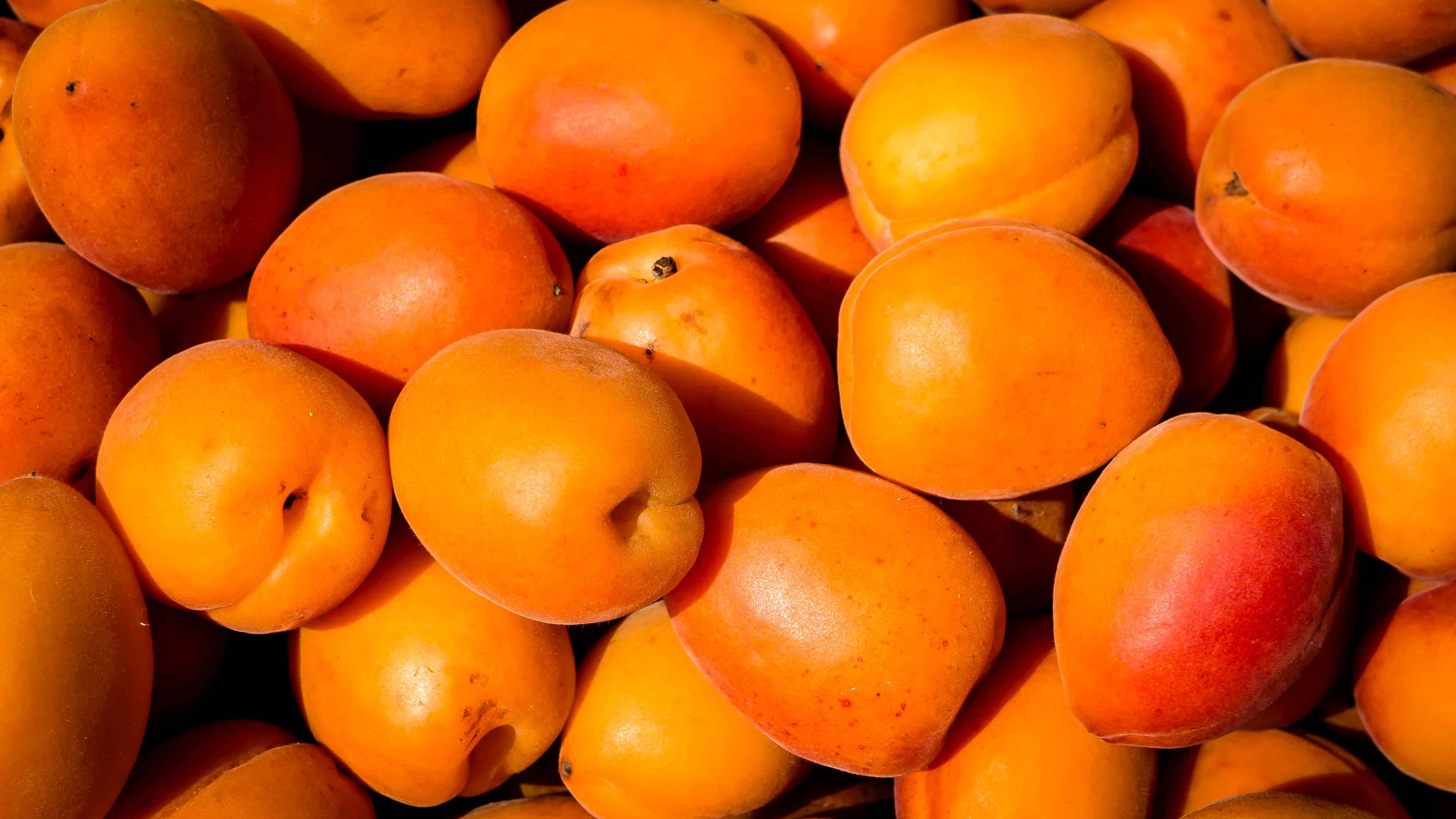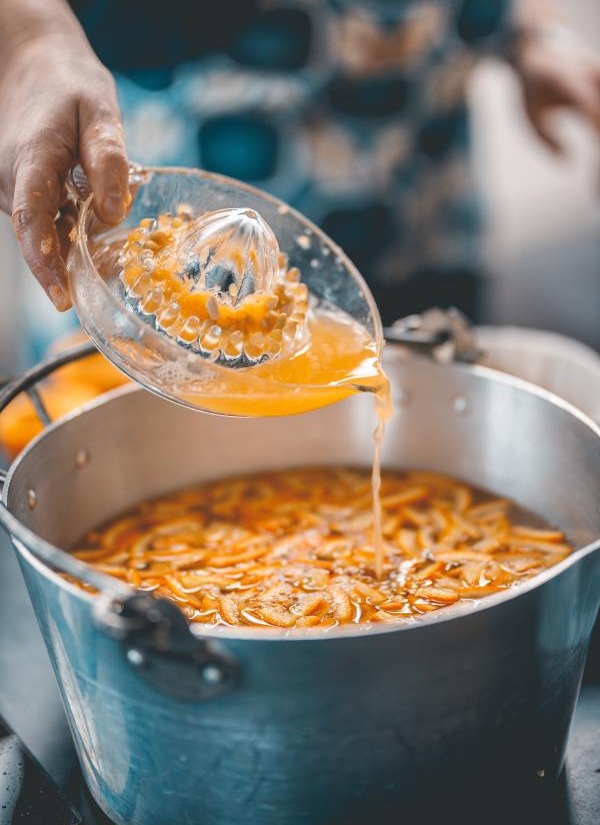Who stole the jam?
min read
12 March 2024
Let us rediscover the lost tradition of homemade jam!
Who stole the jam? It seems like a harmless question, but many of us remember the sweet taste of times gone by in which every mother and every grandmother filled the pantry with jars of homemade preserves, jams and marmalades. There are any reasons for the progressive disappearance of the jams from our tables. First of all the traditional breakfast constantly leaving space for quick meals and readymade products, as though we no longer have time to sit down for a few minutes to spread some sweet substance on a piece of toast.
This is certainly not the case of us at KitchenAid. In fact, which better occasion to rediscover the forbidden pleasure of jam stolen from the pantry than spending a day filling jars and jars with delicious revisitations of traditional recipes taken from Grandma’s recipe book? Before throwing ourselves into the midst of these delicious preparations let us explain the definitions. Jam is a preparation obtained by cooking whole or cut through fruits together with diverse amounts of sugar, whereas marmalades are a particular type of jam made exclusively with citrus. There are then other distinctions and differing preparations, but here these limits, which are also cultural, tend to be less precise.
The fruit
As far as the fruit is concerned, the important thing is to choose mature products (if they are unripe you will obtain an inhomogeneous, sweetish and tasteless mixture), of excellent quality (preferably grown biologically) and above all seasonal. Only in this way can you be sure to exploit fully the flavour and the nutritional properties of the fruit. Obviously before use they must be washed and then the pits and any damaged or inedible parts of each fruit must be eliminated. In many cases the peel can be kept and it often contains a large part of the pectin needed for gelling.

The sugar
According to your tastes, the nutritional characteristics, the level of sweetness preferred and the combination with other flavours you can choose amongst many different sweeteners such as traditional sugar, brown sugar, honey, molasses, malt (rice, barley, corn and spelled wheat), maple syrup or agave syrup.

Pectin, with or without?
The purists have no doubt, homemade jam does not require added pectin, which is a gelling agent already contained naturally in fruit. The problem is that some fruits are rich in it and others less so. If you prepare water based fruit jams or if you want to reduce the cooking times it can be of great help.

The preparation
With fruit, sugar and possibly pectin the list of ingredients is already complete! But the preparation is just as simple. Obviously there are different techniques that depend above all on the characteristics of the fruit.
Cut the fruit into small pieces of the same size in order to favour an even cooking and put them into a pan with the sugar which can vary from 40% to 100% the weight of the fruit. Cook it over a medium flame for all the time needed to evaporate the water and to thicken the sugar. How much time will it need? It depends on the fruit and the quantity of water but understand that without pectin it could also need over two hours more. In order to understand when it is ready the only sign is the consistency. Take a teaspoon of the jam and place it on a small plate, if it is thick and does not spread over the whole plate it is ready.

If you want to jump in immediately here are four proposals, one for each season!
Winter: Orange marmalade
Orange marmalade has a bitterish taste that is suitable for particular combinations. Most of the recipes require the use of the pulp without the peel, but if you like a bitter flavour you can boil the peel separately before proceeding to the classic preparation.
Spring: Strawberry and ginger jam
Here is a spring recipe, ideal as a topping for a cheesecake, pancake or for preparing tarts. Do you want a quicker simpler version? With the KitchenAid Artisan Cook Processor you can prepare the recipe of the strawberry and ginger jam very easily and without making a mess.
Summer: Fig jam
Figs are often undervalued, but they are versatile and can be used in many different preparations. Fig jam is ideal for both sweet recipes such as tarts and biscuit fillings and also for combining with aged cheese.
Autumn: Onion relish
Let us finish with a relish that is not based on fruit. Toge ther with the classic combinations for cheeses you can use this as an alternative for the usual sauces to give flavour to your sandwiches and hamburgers. For extra flavour you can also add red wine during the preparation.

KitchenAid Chef
— Sharing our passion for making
At KitchenAid, we unite people who love cooking and baking, brewing and creating. For over 100 years, KitchenAid has worked on behalf of every Maker out there. Our iconic tools are made with you in mind — opening the door to new possibilities and helping you to get most out of making.
